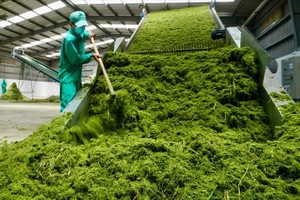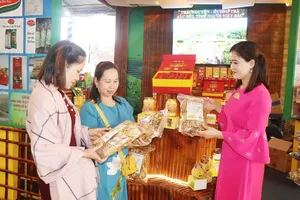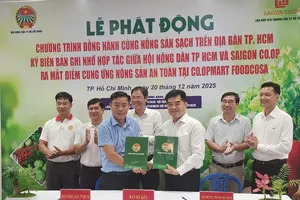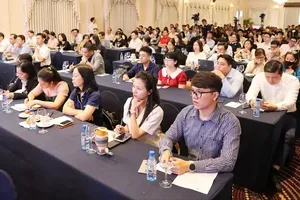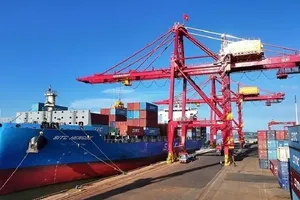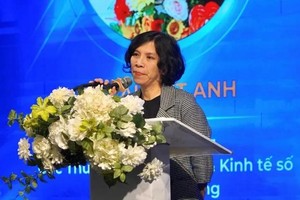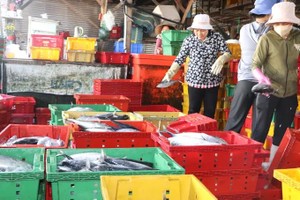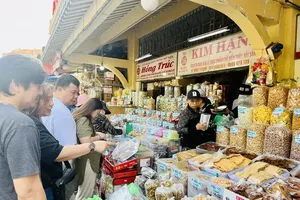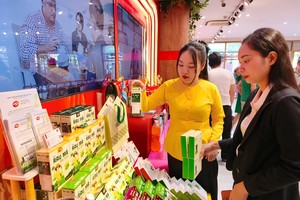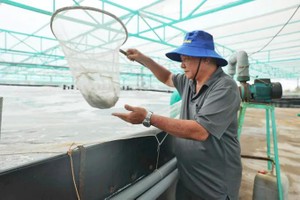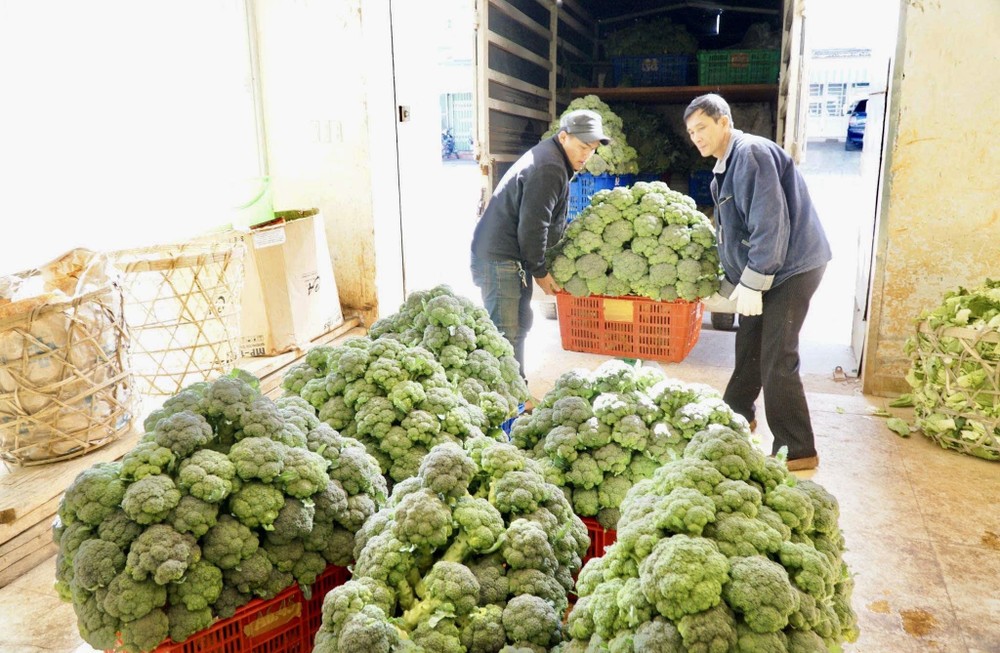
Chairman Nguyen Anh Duc of the Vietnam Retailers Association and General Director of the Ho Chi Minh City Cooperative Alliance for Trade, points out that most Vietnamese agricultural and food products are still sold in raw form due to a lack of proper brand investment.
According to him, it’s not just about product appearance or packaging; it goes beyond that to include the entire process from production and processing to reaching consumers, all of which must adhere to global standards. Additionally, each product should have a meaningful core value story. Brand-building narratives can be at the enterprise level or tied to local geographical indicators, and they should have a unique flavor when entering the global market.
In reality, distribution and exports reveal that Vietnam has many specialty agricultural products associated with exclusive geographical indications. However, these products are still sold at low prices because they haven’t been properly branded. Notably, products like Son La plums, Hoa Loc mangoes, Binh Thuan dragon fruit, Hoang Kim milk apples, and Nam Roi pomelos face this challenge. Vietnamese business people haven’t fully shifted their mindset from selling products by weight to selling packaged goods associated with a brand.
As a result, they haven’t effectively captured the added value of our abundant, diverse, and unique agricultural and food products, said Deputy Chairman Paul Le of Central Retail Vietnam Group
Along with that, Vietnam also sells raw commodities from the agriculture, aquaculture, seafood, and food sectors because the Southeast Asian country is still weak at the deep processing stage. Moreover, the cultivation areas are not centrally planned, and the quality of agricultural products does not meet green and clean standards. Throughout the country, about five companies have utilized globally standardized radiation technology but their processing capacity is limited, and the processing costs are very high. This situation makes it difficult for Vietnamese businesses to establish their own brands.
Meanwhile, foreign traders and enterprises import these products, process them, irradiate them, select and classify them according to specifications, and then package them for export with their own.
According to businesses, building a brand presence in the domestic market and expanding globally is not easy. Therefore, many companies have been opting for contract manufacturing or selling raw materials to foreign enterprises to generate immediate revenue.
CEO Pham Van Viet of Viet Thang Jean Company said that on average, the company processes orders for Uniqlo worth around US$7 million annually, not to mention other global fashion brands. He revealed that the company has lately developed its own brand of jeans. However, after just one year, we had to give up because we couldn’t sell the products and had to return to contract manufacturing for foreign fashion retail chains.
Talking more about this issue, leaders of many textile and garment industries believed that no business wants to remain solely a contract manufacturer for partners. Establishing a unique brand presence in the Vietnamese youth fashion market and competing directly with global fashion giants is truly challenging.
According to many global distributors sourcing from Vietnam, Vietnamese-branded products face challenges in the global market due to Vietnam’s slower development of national product brand strategies compared to neighboring countries over the past 20 years. Although there has been some improvement, Vietnamese businesses still lag behind their neighboring countries in terms of packaging design and brand appearance. Common issues include less appealing packaging, monotonous colors, and unattractive presentation for consumers.
Building a brand is already difficult, but maintaining a stable market share requires brands to align with consumer trends in each country. Chairman Ye Can Jiang of the Board and CEO of Guangzhou Jiang Nan Wholesale Vegetable Management Company in China shared that with a population of approximately 1.4 billion people, China is the world’s largest importer of dairy products, with an annual trade volume exceeding $10 billion. The company imports a significant amount of yogurt products from Vietnam under the Vinamilk brand.
However, to be able to enter the Chinese market successfully, Vinamilk had to invest in research and create a diverse range of yogurt products combined with local fruits such as mangoes, strawberries, and aloe vera. This unique flavor profile sets their products apart; however, not many Vietnamese businesses have both a strong brand and the ability to innovate with local raw materials.
The processing capacity and brand development capabilities of Vietnamese enterprises have left a significant gap, leading to an influx of foreign companies into Vietnam. These foreign businesses invest in deep processing factories to utilize abundant local raw materials, leverage existing brand strengths to boost exports and increase their global market share.
On the other hand, leveraging their capital strength, they are willing to acquire successful Vietnamese brands. They tap into existing supply chains, consumer trust, and purchasing habits, then restructure production, enhance management, boost marketing efforts, and develop the brand. As a result, they quickly expand their business scale and market share.
Notable investment and acquisition deals in recent times involve several Vietnamese brands. For instance, Sabeco, Cau Tre, Tin Thanh packaging, Da Lan ice cream, P/S toothpaste, Pho 24, and Bibica confectionery have all been part of such transactions. These examples vividly illustrate the transformation of Vietnamese brands. The CJ Group has invested approximately $1 billion in its subsidiaries such as CJ Foods, BIO, Feed & Care, Freshway, Foodville, Korea Express, ENM, CGV, and OliveNetworks. They acquired various Vietnamese food brands and transformed them into their own.
Similarly, Daesang Corp of South Korea invested 100 percent in the shares of Duc Viet Food Company while Earth Chemical of Japan acquired 100 percent of A My Gia Food Company’s shares. Consequently, many products, such as spring rolls, dumplings, dim sum, rice, and phở, still carry Vietnamese branding but are essentially products of Korean enterprises.
